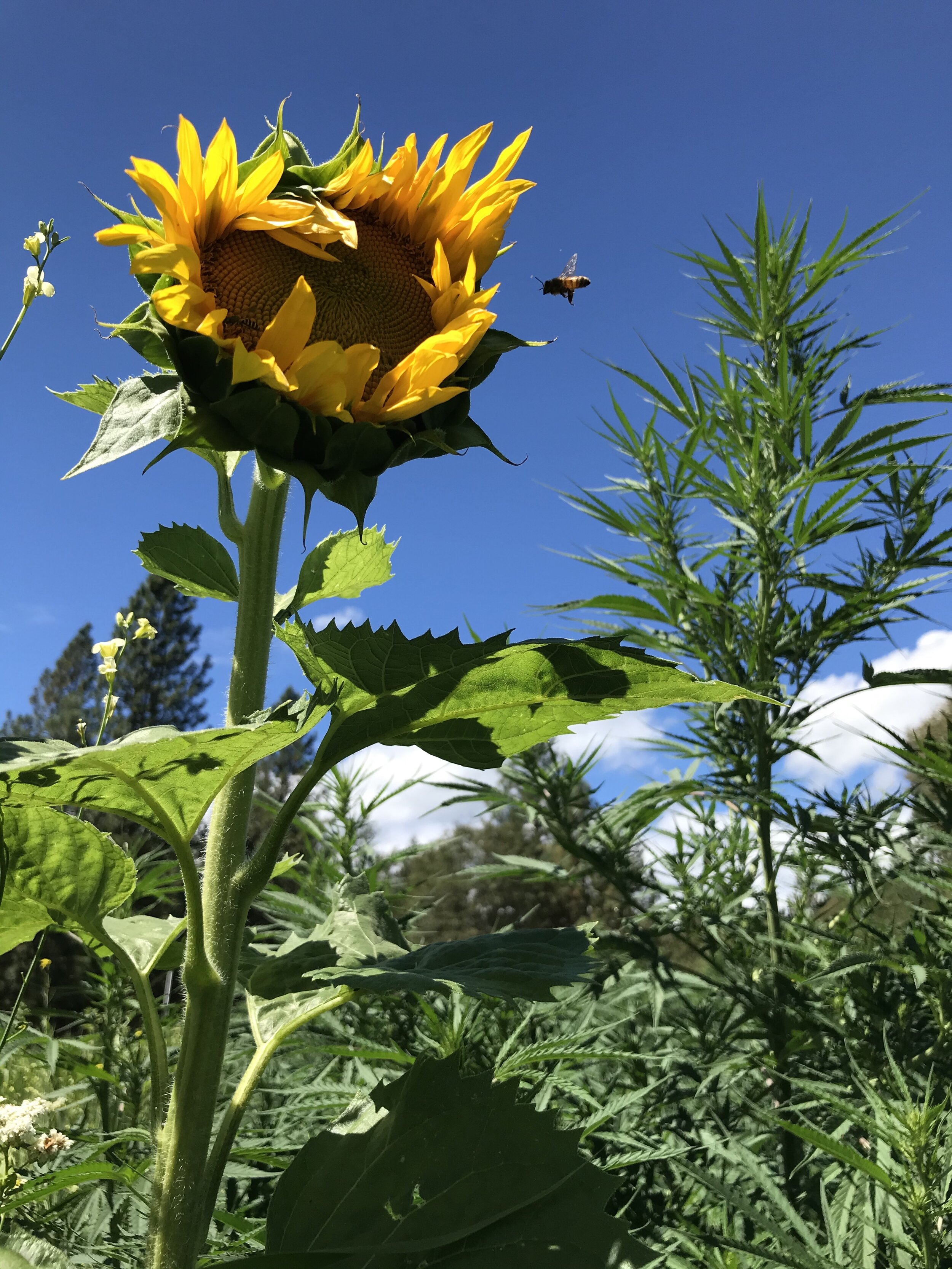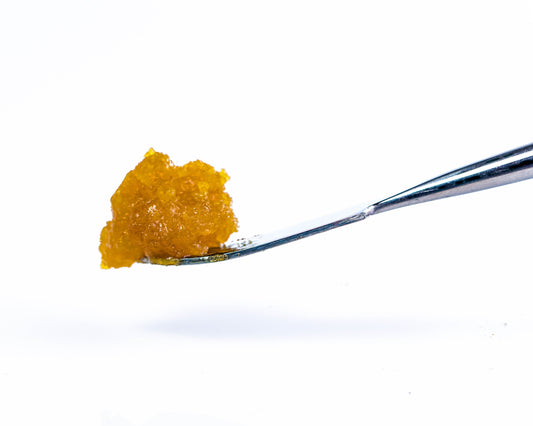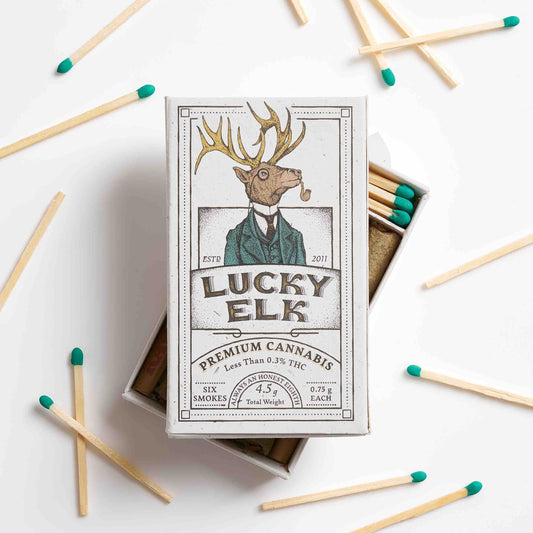Cover Crops … the what, the why, the how
How often do you see bare soil in nature?
Almost never.
That’s because nature always takes advantage of opportunities to make life grow. Bare soil begs for plants.
So the next time you see some bare soil in your garden, think about intentionally planting a cover crop instead of waiting for Mother Nature to fill it with more common grasses and weeds.
What is a cover crop?
A cover crop is any crop grown for the purposes of improving the soil.
In nature, pioneer species aggressively colonize barren environments after events like landslides and wildfire—e.g., lupine is a nitrogen-fixing legume that spreads across low fertility zones and disturbed sites all over the Western mountains.
Think of cover crops like pioneer species for your garden. The goal is to colonize empty space in your garden; try sowing seeds of species that are hardy and easy to manage. For example, commonly cultivated legumes—e.g., peas, beans, alfalfa, peanuts—add nitrogen to the soil for later use by heavy feeding crops, like corn, tomatoes, and cannabis.
Read the Blogs 
|
 |
Cover Crops Improve the Soil
Whether you’re farming cannabis or growing tomatoes in your backyard, cover crops can improve your soil and boost the health of your local ecosystem. But how?
Improve your soil’s organic content
Healthy soil is covered in a rich layer of decomposing organic material called ‘humus.’
Humus is created when fungi and bacteria break down organic matter.
A cover crop is the most cost-effective and sustainable way to add tons and tons of organic matter to your soil. Instead of hauling in truckloads of compost and mulch … just grow it in place!
Increase nitrogen in your soil
Legumes have the special ability to fix atmospheric nitrogen into the soil. This means that they can pull nitrogen out of the air and store it in the ground, where it becomes available to your plants.
Many common food crops, like peas, beans, and peanuts are legumes. They can be grown alongside other crops, or in rotation, to ease the burden of fertilizing with supplemental nitrogen. Leguminous cover crops capture a valuable resource that exists in abundance all around us!
Attract beneficial insects
You don’t need to buy beneficial insects from the garden store. They’re already present in your garden! Instead, plant a cover crop to provide them with the environment they need to flourish.
Help save bees and other important pollinators with these garden favorites:
- anise hyssop
- black eyed Susan
- purple coneflower (echinacea)
- bee balm
Here are some tips for attracting predatory insects, like lacewings and ladybugs, that feed on pests:
- plant a diversity of flowering species
- plan for blooms across the entire season
- include native plants; your local predatory insects will appreciate it!
- flat-top flowers, like dill, parsley, cilantro, and queen Anne’s lace, are especially effective at attracting parasitic wasps

|
 |
Prevent erosion
One of the most important functions of a winter cover crop is to prevent soil erosion.
After your fields, or your garden beds, are harvested in the fall, they’re susceptible to washing away with the rains that come with fall, winter, and spring.
Fast-growing, cold-tolerant species, like vetch and rye, protect your topsoil with their networks of spreading roots during the seasons of heavy precipitation.
Suppress weeds
So when was the last time you saw bare soil in nature?
Remember that Nature will take advantage of empty patches in your garden by filling them with weeds. These pioneer species will have the effect of improving soil, but they’re often difficult to remove once established.
It’s your job as a gardener to fill patches of bare soil with plants that are easy to manage (before Nature inserts her own choice.)
Planting a Cover Crop
How you decide to plant your cover crop depends on the scale of your garden. Large-scale producers growing on multiple acres might justify purchasing or borrowing specialized equipment, but you really don’t need anything more complicated than a bag of seeds and a rake!
How to Plant a Cover Crop
- Prepare the soil — create a fine seedbed (as you might for vegetables)
- Broadcast the cover crop seeds —“flick” your wrist to evenly spread the seed across the field
- Using a rake, cover the seeds with 1/4” - 1/2” of soil
- Water as needed
That’s it!
Now get out in the garden. Plant some seeds. Save our soils!








